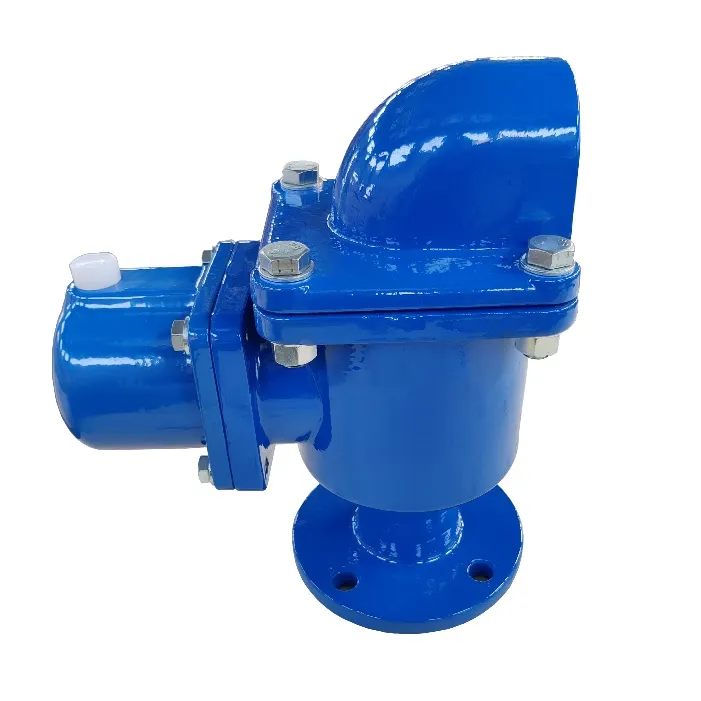butterfly valve for throttling
Butterfly Valve for Throttling An Overview
Butterfly valves are widely used in various industries due to their simple design, compact structure, and efficient operation. One of their primary applications is throttling, which refers to the regulation of fluid flow in a pipeline. This article explores the functionality, advantages, and considerations of using butterfly valves for throttling purposes.
A butterfly valve consists of a circular disc positioned in the center of the pipeline, which rotates on a hinge or pin to either allow or restrict flow. When the valve is fully opened, the disc is parallel to the flow, creating minimal resistance. However, as the valve closes, the disc pivots to obstruct the flow, thus controlling the velocity and volume of the fluid passing through the system.
One of the key benefits of butterfly valves in throttling applications is their ability to provide a relatively accurate control of flow. Unlike other types of valves, such as gate valves, butterfly valves can adjust flow rates effectively even when partially opened. This characteristic makes them suitable for applications that require precise flow regulation, such as water distribution, chemical processing, and HVAC systems.
butterfly valve for throttling

In addition to their flow control capabilities, butterfly valves are also notable for their quick operation. They can be fully opened or closed in just a quarter turn, enabling rapid response to changes in system demand. This attribute is particularly advantageous in processes where fluid dynamics can change rapidly and require immediate adjustments.
Another significant advantage of butterfly valves is their lightweight and compact design. This feature not only reduces installation space but also minimizes the amount of structural support required for piping systems. Additionally, butterfly valves are generally lower in cost compared to other valve types, providing an economical solution for flow control needs.
However, it is essential to consider the limitations of butterfly valves when using them for throttling. One such drawback is the potential for increased risk of cavitation and excessive wear. When throttling is applied, particularly in high-pressure systems, the fluid velocity increases significantly, which can lead to wear on the valve seat and disc. Therefore, careful selection of the valve size and material is crucial to ensure optimal performance and longevity.
In conclusion, butterfly valves are an effective solution for throttling in various industrial applications. Their ability to provide precise flow control, rapid operation, and space-saving design make them a preferred choice for many engineers. However, understanding their limitations and adopting appropriate design considerations will enhance their performance and durability in throttling applications. As industries continue to evolve, butterfly valves remain a vital component in the quest for efficient fluid management.
-
The Smarter Choice for Pedestrian AreasNewsJun.30,2025
-
The Gold Standard in Round Drain CoversNewsJun.30,2025
-
The Gold Standard in Manhole Cover SystemsNewsJun.30,2025
-
Superior Drainage Solutions with Premium Gully GratesNewsJun.30,2025
-
Superior Drainage Solutions for Global InfrastructureNewsJun.30,2025
-
Square Manhole Solutions for Modern InfrastructureNewsJun.30,2025
-
Premium Manhole Covers for Modern InfrastructureNewsJun.30,2025
